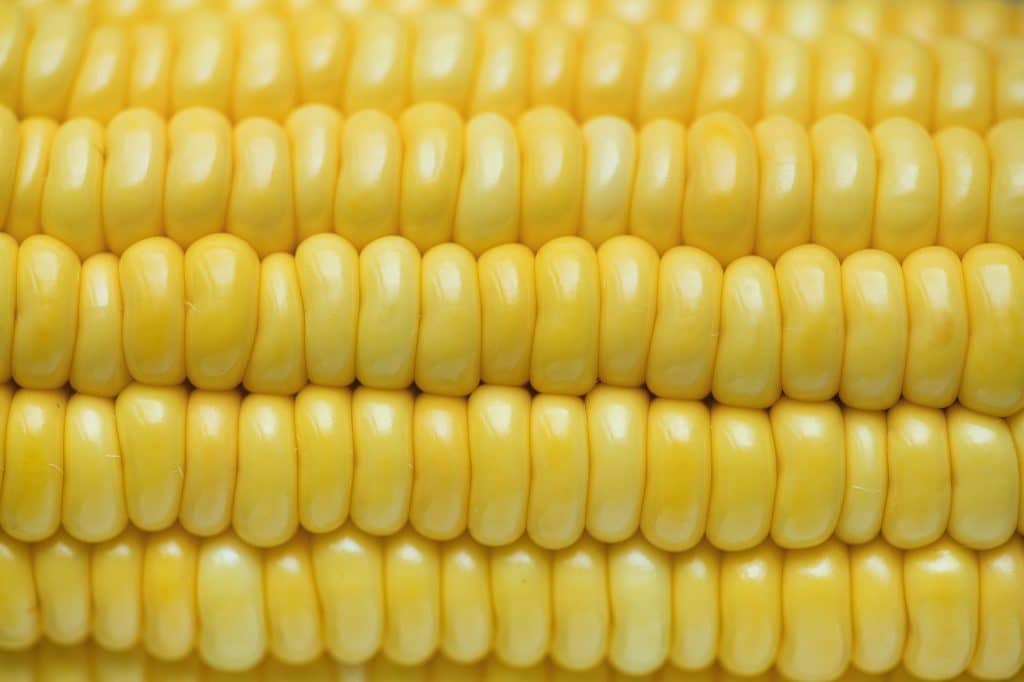Porto Alegre, November 22, 2022 – An important week in the international market of corn because of the need for a decision on the Ukrainian export corridor. Russia and the UN have reached a consensus, and the corridor will continue to function for at least six more months. This eased tensions in the wheat market and inhibited some bullish rally for corn. On the other hand, US corn exports, last week, were back to the level of one mln tons, which cheered the market in Chicago, with prices contained in a sharper low. Now, the market will try to observe this flow of US exports, given that Argentina is out of sales, Brazil will end its higher volumes in January, and Ukraine has a volume to export that is not enough to meet world demand. A greater concentration of world purchases in the United States seems clear for the first half of 2023.
With rains in Canada and the Plains in the United States in November, the winter wheat crop remains at a good pace. This fact was added to Russia’s decision to maintain the Ukrainian export corridor for another six months. The decision was necessary due to the expiration of the agreement on the 19th, without which Ukraine would have its shipments of corn, wheat and other commodities paralyzed through the southern ports. Now, the flow of shipments remains at the pace that had been occurring, apparently, without major mishaps.
This decision contained a more aggressive and possible upward movement on the Chicago Board of Trade (CBOT) with wheat and corn, as Ukraine has its importance in both commodities. Besides, the market expected a better flow of export shipments from the United States at the end of the year. Shipments were not exceeding 500,000 tons per week, while the pace should have been 1 to 2 mln tons a week. This rhythm seems to be returning. Global demand is expected to focus more on US corn going forward.
Argentina has already reached the limit of export registrations set by the government, 36 mln tons. Sales will only resume from April/May next year, with the 2023 crop. Ukraine has sales, however, without the capacity to guarantee global supply in the first half of this year. Brazil will significantly reduce its share of international sales due to the entry of the soybean crop and the reduction in domestic supply from January onward. Basically, we will have four to five months, in the first half of 2023, in which global demand must be met by the United States.
With China expected to resume purchases in April/May for shipments from June through September 2023, the presence of Argentina and the United States with volumes for sale must be important in the period. Brazil can enter this environment with the 2023 second crop, for shipments after July, with a focus on this destination. In addition, there is all the European demand that will be without major supply alternatives, at least until the arrival of the Argentine crop in May.
Follow the Safras Agency on our website. Also follow us on our Instagram and Twitter and stay on top of the main agribusiness news!
Copyright 2022 – Grupo CMA

